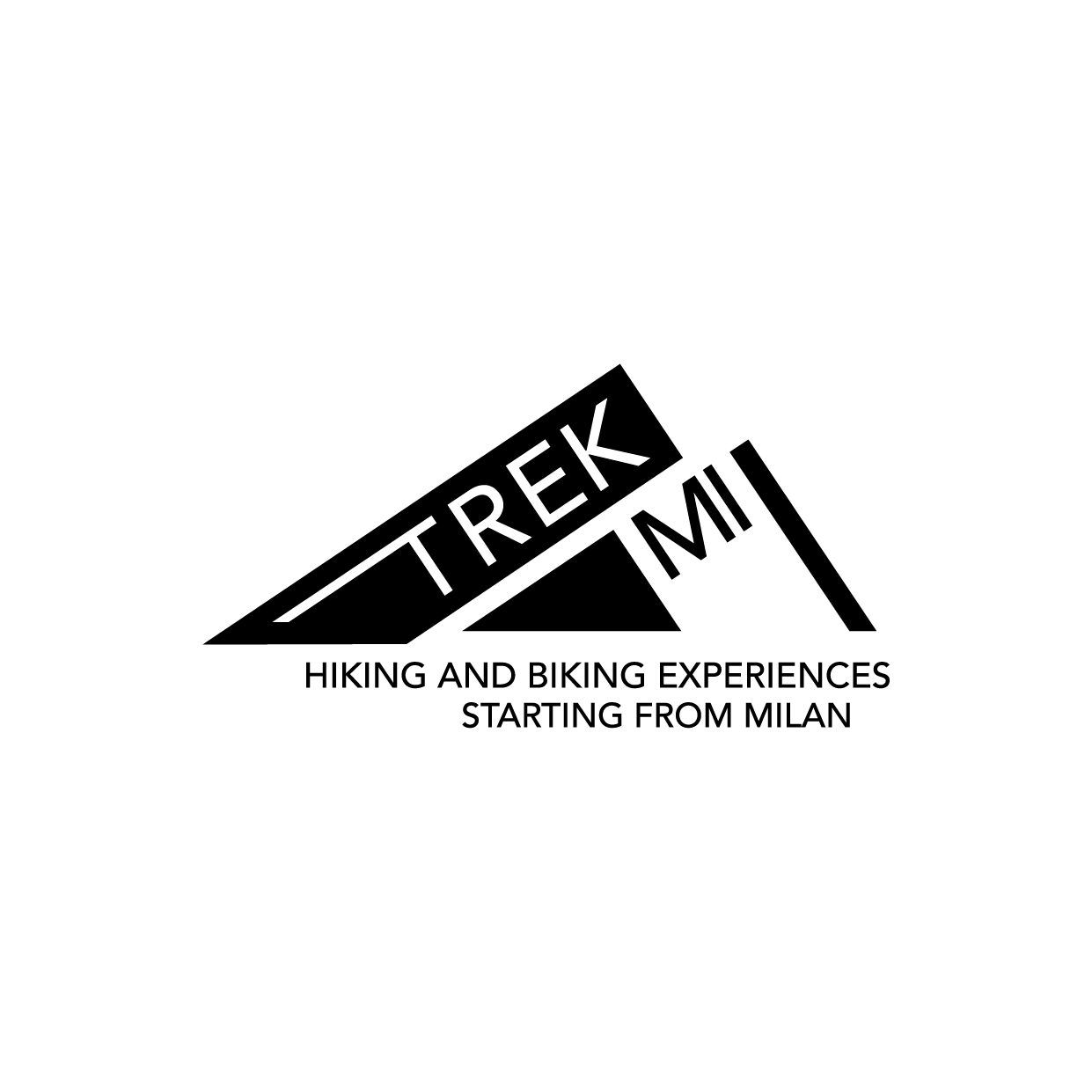Day hikes are the perfect way to explore Northern Italy’s great outdoors. Regardless of the degree of difficulty of the hike that you’ve chosen and your fitness level, the better prepared and equipped you are, the easier it’ll be to enjoy a stress-free experience. Your professional TrekMI hiking guide will take care of carrying the essential items for common use and for emergencies but there will be other personal must-have items to make your experience more enjoyable. Having a list of what to bring and what not to bring will aid you in packing in the most efficient manner. Remember, you pack it, you carry it! You want to cover your basic comforts and maximize your safety on the trail by keeping your load light.
Before starting your experience with TrekMI, check off this day hike packing list and make sure you wear and carry these essential items with you:
– APPROPRIATE FOOTWEAR – High-cut hiking boots are required for all itineraries unless otherwise specified. Happy feet make for pleasant hiking! Make sure your hiking boots (or hiking shoes when allowed) are well-fitting, supportive and provide good traction (Vibram-like soles are preferred)
– BACKPACK WITH RAIN COVER – A 15 to 25 litre backpack is ideal for most day hikes. As a general rule, the longer the hike, the more comfort you’ll want from your pack. Make sure there’s sufficient padding on the shoulder straps and back panel. A backpack with hip belt and sternum strap is preferred as it plays an important role in stabilizing the load on the go, stopping it swinging from side to side during active use. A rain cover that suits your backpack will keep your belongings dry in case of wet weather
– WEATHER/SEASON-APPROPRIATE CLOTHING – The best choice is always to dress in layers. This will allow you to add or remove clothing to a point where you are comfortable and where perspiration is able to evaporate readily helping you to stay dry. Wicking synthetic fabrics are preferable to cotton as cotton readily absorbs and retains water leaving you wet and uncomfortable for longer periods of time. When hiking in warm weather, bringing an insulating mid-layer lightweight fleece sweater or a lightweight wind jacket would be preferred. Long or zip-off legs pants are advisable even during summer months for protection from exposure, scratches, nettles and ticks
– RAIN PROTECTION – A season/altitude-appropriate outer layer (or shell layer) such as a waterproof or water-resistant jacket will protect you from both wind and rain. Weather on the mountains is unpredictable and even when starting off on a hot sunny day conditions can change quickly and you’ll want to be prepared
– DRY SPARE CLOTHES – An extra base layer and a pair of hiking socks are a welcome treat if the ones you are wearing get wet
– INSULATING LAYERS FOR THE EXTREMITIES – Head, hands and feet will be the first parts of the body to lose heat in cold conditions causing your whole body to feel uncomfortable. A warm hat that covers your ears, liner or lightweight gloves and a buff to cover your neck and face can become essential during all seasons. Have them with you even if you don’t think you’ll need or use them just in case
– SUN PROTECTION – Sunscreen (SPF 30 or higher), lip balm, sunglasses (that block UV rays) and sun protective clothes, such as a wide-brimmed hat or a cap with brim, should be carried in every season regardless of temperature or cloud covering
– BUG SPRAY – Bugs and ticks aren’t really a problem on the Alps but when you’re hiking at lower altitudes or in some specific areas they may be found. DEET or Picaridin-based insect repellent is good for exposed skin. Permethrin-based spray can be used on clothes and shoes
– PERSONAL MEDICATION – If you’re suffering from any health condition or you have any allergies, make sure you bring with you all medications that you may need to use in case of emergency. At the time of booking and before starting your hike, inform your guide about any condition that may be personally relevant
– HAND SANITIZER AND TISSUES– Having a runny nose while hiking is quite common, so bring tissues (also convenient for going to the toilet!). Sanitizing your hands before eating and after toilet use goes without saying!
– WATER AND FOOD – Pack a 1-ltr water bottle per person. Energy bars, dry fruit or any calorie-dense food to help fuel your body (plan on a small portion for every hour of hiking). Packing a lunch will only be required if specified.
– CAMERA/PHONE – For personal use and taking pictures
– MONEY, ID AND TRAVEL INSURANCE DETAILS – Before, during or after the hike you may want to get a coffee, buy lunch, get a drink or some other local products. So, having some local currency or a credit card is recommended. An identification document should always be carried as well and may be needed in case of emergency as well as the details of your travel insurance. An emergency contact number is also advisable.
– TREKKING POLES – The growing popularity of trekking poles doesn’t mean you’ll necessarily need to use them. However, if you suffer from knee issues or simply feel more comfortable having them, you are welcome to bring them along
The customer is responsible to bring appropriate gear and clothing as advised by TrekMI. TrekMI reserves the right to decline to accept any person as an Activity participant should such person’s lack of equipment impede the operation of the Activity.

